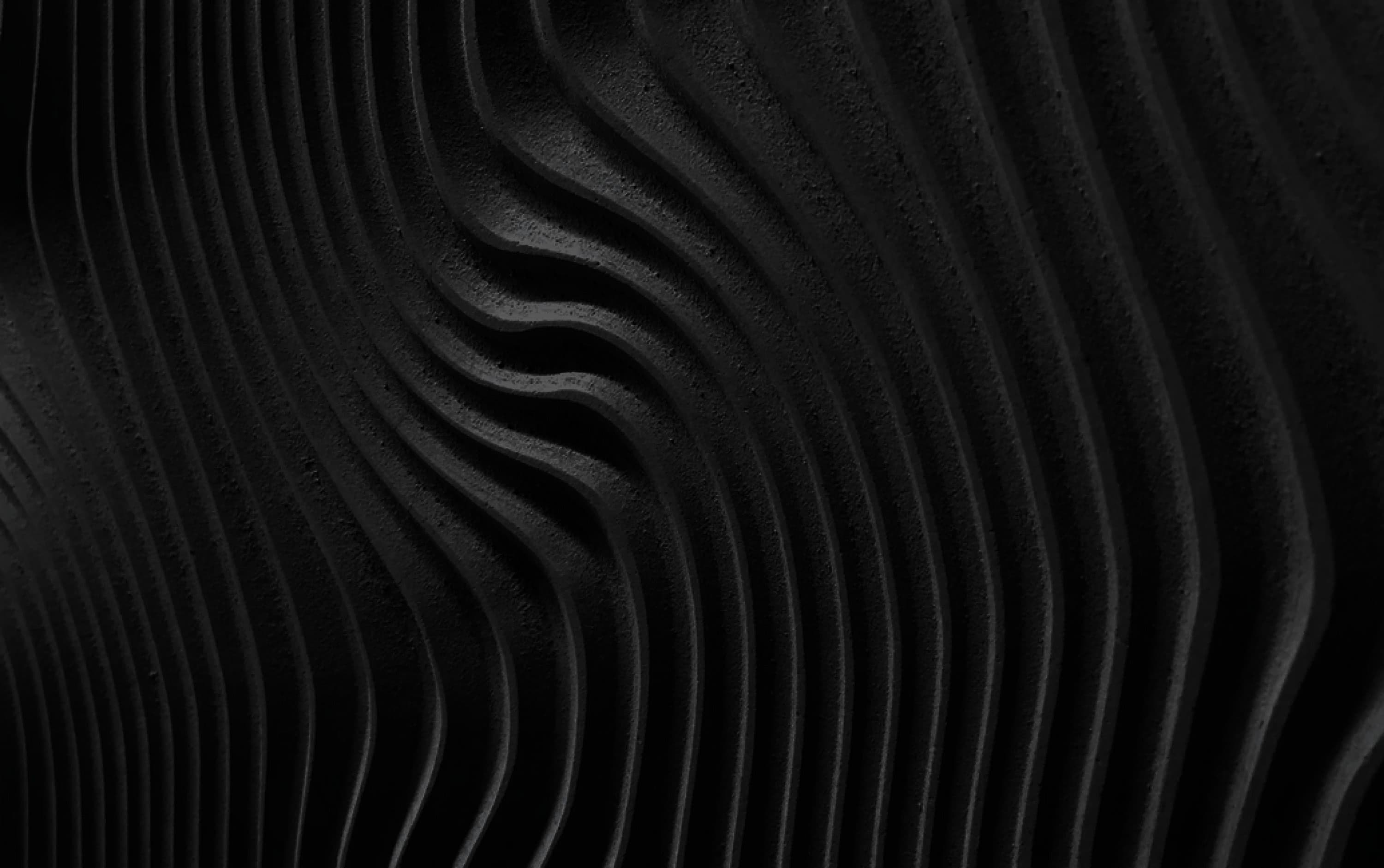Abstract
The study measured the capabilities of Treble’s wave-based solver in a medium-sized room of 80 cubic meters. The solver was tested for full-bandwidth up to 8kHz and both mono and binaural room impulse responses (RIR) were measured using a directive source and a KEMAR mannequin at various positions. The simulations were carried out on a cluster with six Nvidia A100 GPU cards running in parallel. Results are compared and presented for Energy Decay Curves and derived acoustical parameters, reverberation time T20 and early decay time, for the mono RIR. The binaural RIR results are compared both in the frequency domain and in the time domain.
For more information about our technology, you can read our knowledge base.
For more information about the importance and future of acoustic engineering, read our insight paper.
You can also find more validation studies such as:
-Treble simulation of empty rectangular rooms with porous absorbers
